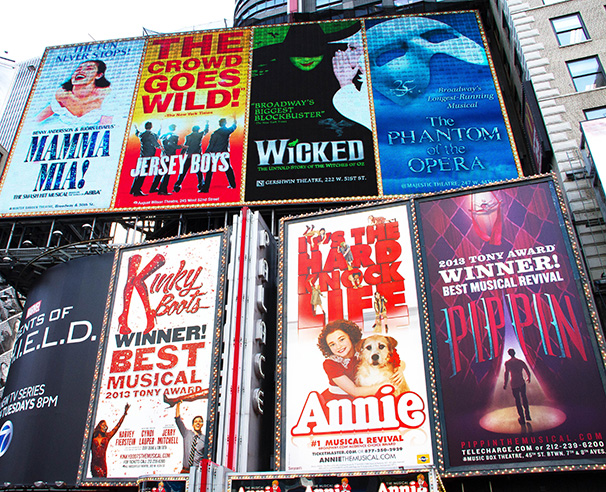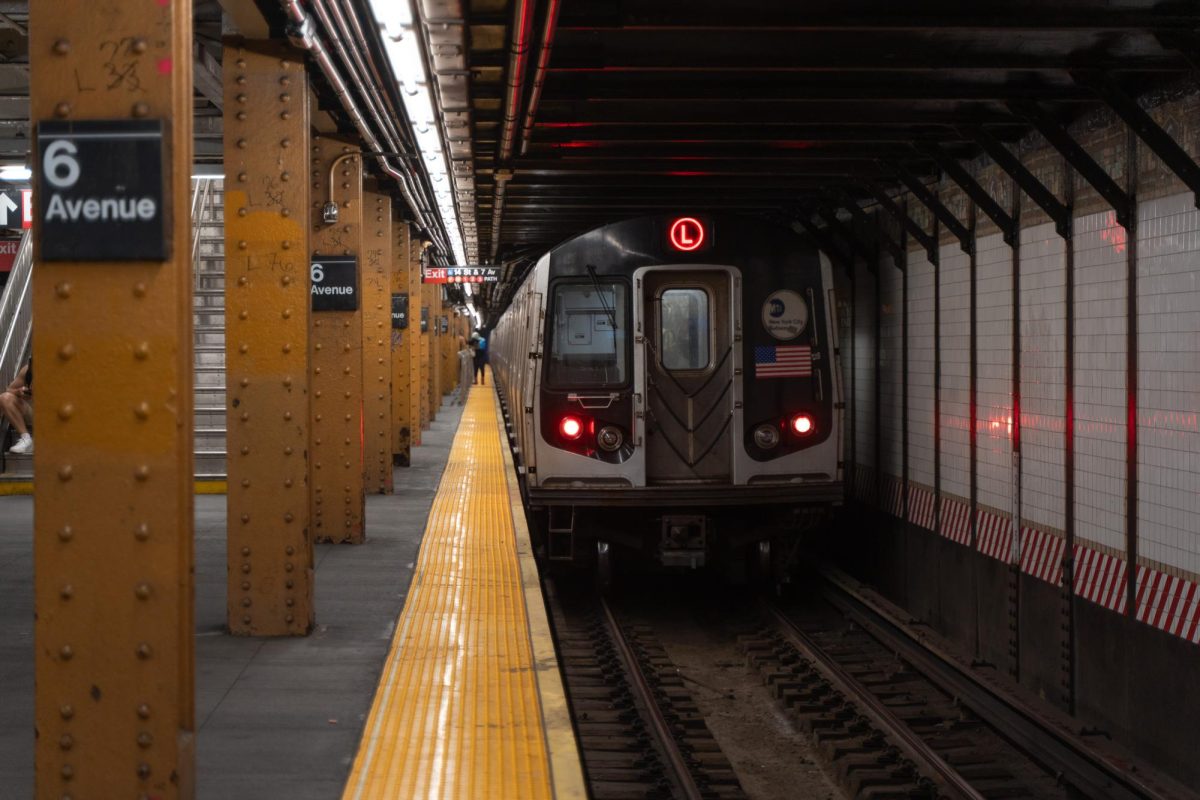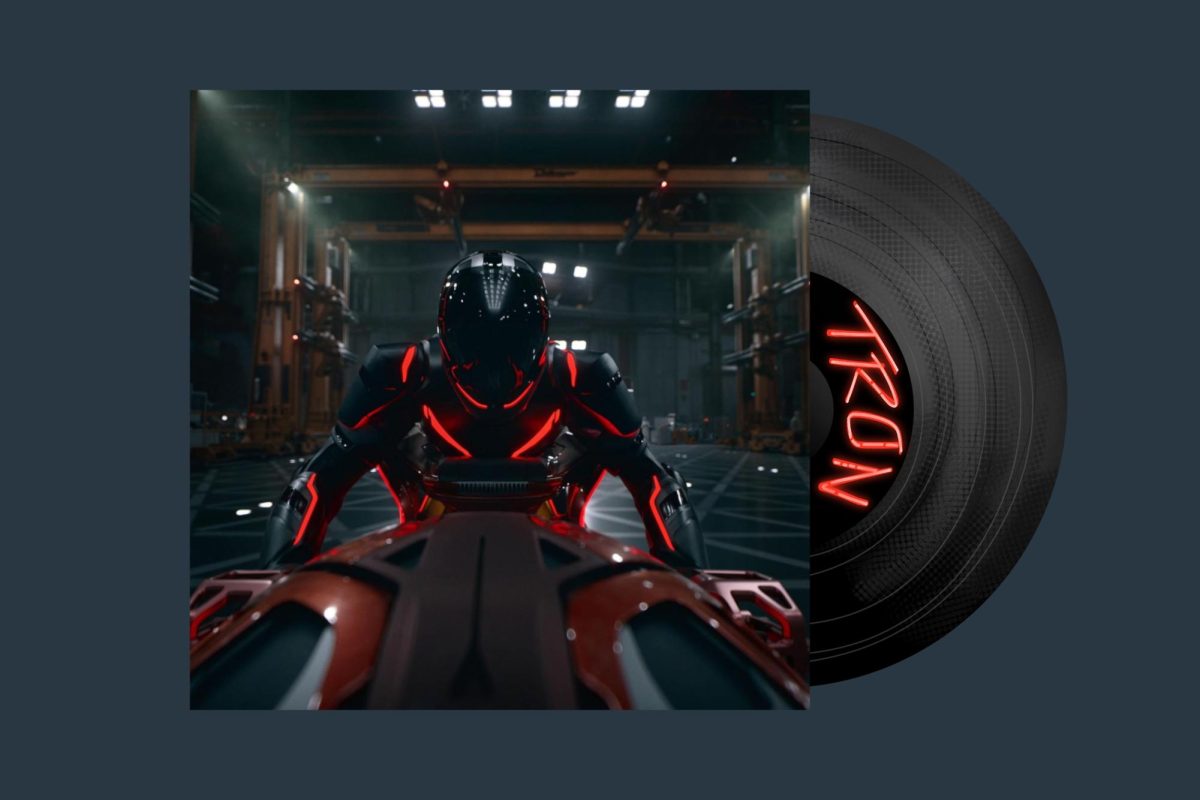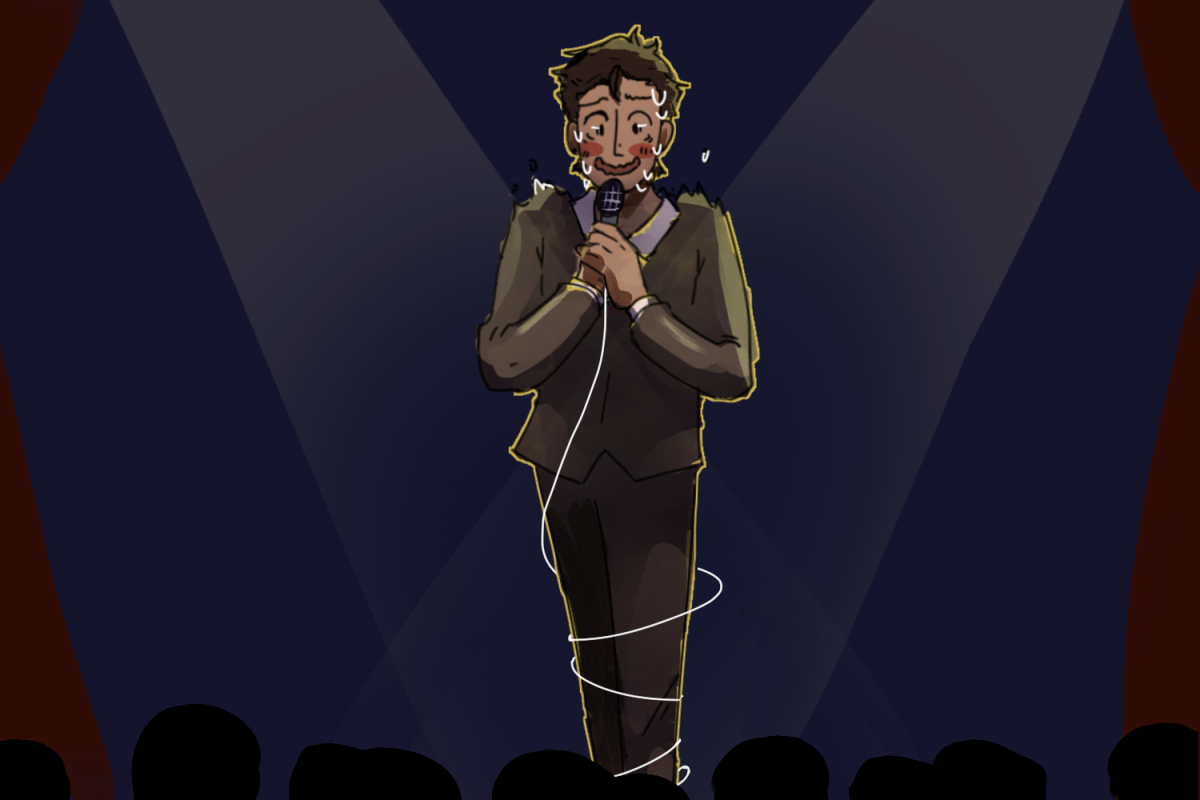
Opulent backdrops, intricate props, lavish pieces of scenery and hours of manual labor are all elements of an average big budget Broadway show. Even for plays and musicals in which the design elements are sparse, set construction consumes a large amount of time.
While award shows like the Tonys are usually focused on categories like Best Musical or Best Actor — scenic design awards are presented during commercial breaks — industry experts hotly contest Best Lighting Design and Best Sound Design just as fervently as Best New Play.
Over the past few years, technology has begun to take center stage on Broadway. It has become somewhat common for designers to replace a set with visual projections.
For example, the recent musical “Big Fish” presented a projection of a sunflower field, rather than a set design on stage. Visual effects are used to create a result that could not be achieved with conventional design methods. 2012’s “Ghost” used projections to convey the supernatural experiences of the main character.
This method has mixed outcomes. The most recent Broadway revival of “Sunday in the Park With George” relied wholly on projections to create the artist’s world. The background started as a white wall, echoing the main characters opening words — “White. A blank page or canvas.” As he spoke, brush strokes appeared on the walls, forming the park in which the first act takes place. The effects served as a commentary on the musical’s themes of art and creation.
The availability and increasing prevalence of these visual effects calls into question the future of design on Broadway. Will projections completely replace sets?
One can only hope not, especially after seeing the amazingly intricate royal hall of the Shakespearean court produced by the design team of the current productions of “Richard III” and “Twelfth Night.” Losing the physical tangibility of such sets would be a pity — if not a disaster.
Furthermore, visual effects are a challenge to categorize — they could be considered scenic design or lighting. While the designers may not practice the same craft as carpenters and prop masters, the craft of visual effects deserves to be recognized.
Perhaps the industry will create a new category in which these designers can be celebrated separate from their physical scenic design collaborators. This may also offer an incentive for designers to fine-tune their effects to provide the best theatrical experience possible and come up with new and original ways for visual effects to be used.
Ultimately, the possibilities are endless. Technology is more prominent in every aspect of life. Since special effects are unlikely to leave the stage any time soon, the audience should embrace them with open arms, while still encouraging physical scenic design. With any luck, the physical and the virtual will find a way to coexist, allowing theater to move into the future while still retaining the physicality that differentiates it from other art forms.
A version of this article appeared in the Tuesday, Feb. 11 print edition. Dylan Jarrett is books & theater editor. Email her at [email protected].





















































































































































